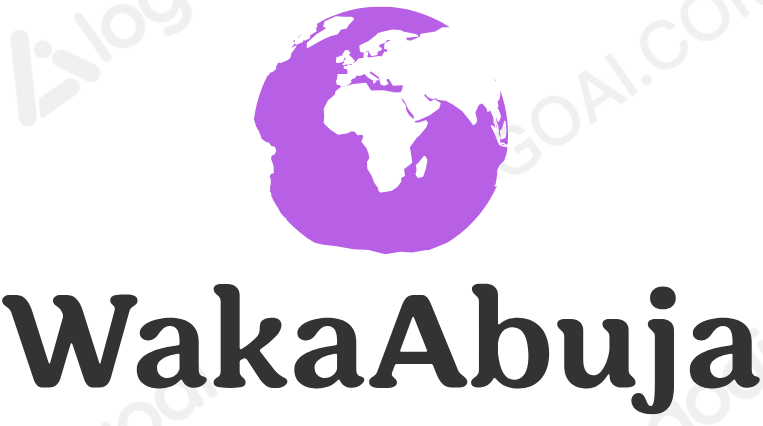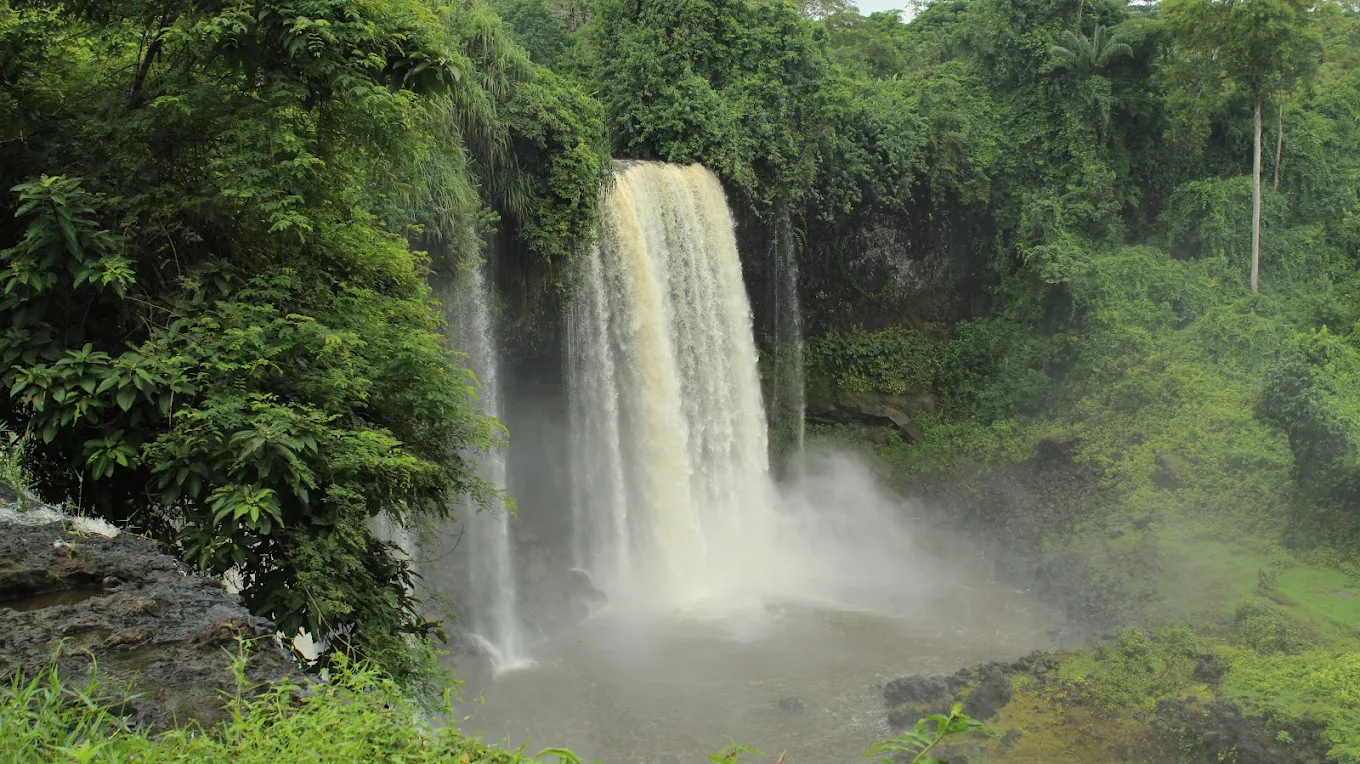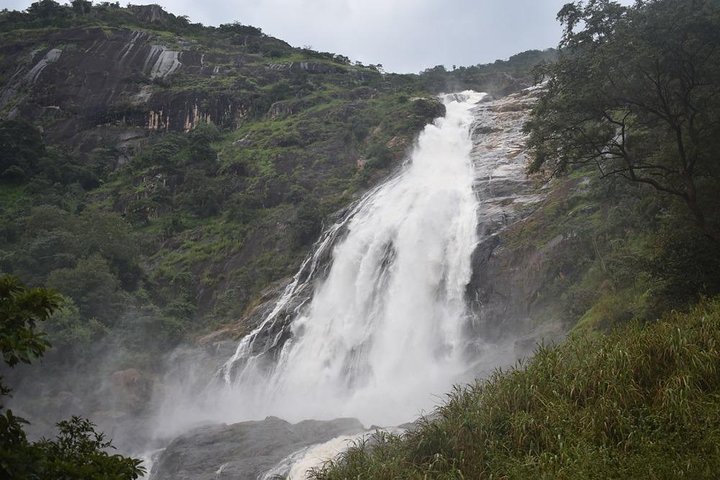A complete, expert guide to Agbokim Waterfalls, Cross River State—with personal insights, practical tips, and local secrets. Styled for white and purple themes, ready for dark or day mode.
- Agbokim Waterfalls is a seven-stream cascade in Cross River, Nigeria, famed for its lush rainforest setting and immersive natural beauty.
- Best visited during the rainy season (May–September) for peak water flow but accessible year-round.
- Activities include hiking, photography, picnics, birdwatching, and cultural interaction with the welcoming Agbokim community.
- Accessible from Calabar (4–5 hours by road) or Lagos/Abuja (via flight to Calabar, then road to Ikom and Agbokim).
- Bring sturdy shoes, insect repellent, snacks, and a camera. Hire a local guide for the best experience.
What Makes Agbokim Waterfalls a Must-Visit?
Agbokim Waterfalls is one of Nigeria’s most breathtaking natural attractions, featuring seven distinct cascades plunging into a lush, misty valley surrounded by thick rainforest. Located in Etung Local Government Area, Cross River State, just 17 km from Ikom and close to the Cameroon border, it offers a rare blend of adventure, tranquility, and cultural richness.
Whether you’re a nature enthusiast, photographer, or simply seeking a peaceful escape, Agbokim delivers a rejuvenating, unforgettable experience.
“It’s actually the best site I have visited so far, and I will recommend tourists and lovers of nature, ‘green lovers,’ to visit this lovely waterfall!” — Recent visitor review.
A Glimpse into Nature’s Grandeur
The moment you approach Agbokim, the sound of cascading water blends with birdsong and the scent of fresh earth. Seven streams converge, tumbling over ancient rocks and creating a natural amphitheater shrouded in mist. The rainforest backdrop is alive with butterflies, rare birds, and vibrant greenery, making every visit feel like a step into a living postcard.
The falls are especially dramatic after rains, when the water volume surges and the valley glows with emerald hues.
Top Things to Do at Agbokim Waterfalls
Hiking & Nature Walks
The approach to the falls involves a light to moderate hike through rainforest trails, passing small villages and vibrant flora. The journey itself is part of the adventure, offering glimpses of local life and unique plant species. The terrain can be slippery, especially after rains, so sturdy shoes are a must.
Photography
The falls’ seven cascades, misty air, and lush surroundings provide unmatched photo opportunities. Early morning and late afternoon offer the best lighting for dramatic shots. Don’t forget to capture candid moments with locals or wildlife for a truly memorable album.
Picnics & Outdoor Relaxation
Natural picnic spots abound around the falls. Spread a mat, unpack your snacks, and unwind to the soothing sounds of water and forest. Many visitors spend hours here meditating, reading, or simply soaking in the peace.
Cultural Interaction
The Agbokim community is known for its warmth and hospitality. Engage with locals, learn about the falls’ history, or witness traditional dances if you’re lucky. Always ask before taking photos of people or homes.
Birdwatching & Wildlife Spotting
The dense rainforest supports a variety of birds, butterflies, and small wildlife. Bring binoculars for the best chance to spot rare species. Early mornings are especially rewarding for wildlife enthusiasts.
Best Time to Visit Agbokim Waterfalls
Rainy season (May–September) is the prime time for visiting Agbokim Waterfalls, when the cascades are at their fullest and the surrounding vegetation is most vibrant. However, the dry season offers easier hiking and clearer trails. For photographers and trekkers, early mornings and late afternoons provide cooler weather and softer light.
How to Get to Agbokim Waterfalls
From Calabar
- By car: The drive takes 4–5 hours (approx. 315 km). Roads can be bumpy; a vehicle with good clearance is recommended.
- By public transport: Take a bus from Calabar to Ikom (the nearest major town). From Ikom, hire a local taxi or motorcycle (Okada) to Agbokim village. The falls are about 17 km from Ikom.
From Lagos or Abuja
- By air: Fly to Calabar Airport (Margaret Ekpo International Airport).
- By road: From Calabar, follow the route above to Ikom, then onward to Agbokim.
- From Lagos by bus: Board at Ojota Motor Park, travel via Ijebu Ode or Akure, then connect to Ikom and take a motorcycle taxi to the falls. The entire journey can take a full day.
Map & Directions
What to Bring for Your Agbokim Adventure
- Comfortable walking shoes or hiking sandals (avoid slippery soles)
- Light clothing and a rain jacket (especially in rainy season)
- Insect repellent and sunscreen
- Hat and sunglasses
- Camera or smartphone for photos
- Snacks and drinking water (few vendors nearby)
- Small backpack for essentials
- Cash for guides or local purchases (ATMs are scarce)
Expert Tips for Visiting Agbokim Waterfalls
- Hire a local guide for your first visit—they know the safest paths and best viewpoints.
- Arrive early to enjoy the tranquility and best lighting for photos.
- Check weather forecasts before your trip, as heavy rains can make trails muddy.
- Respect local customs and always ask before photographing people or homes.
- Leave no trace: carry out your trash, avoid picking plants, and help preserve the environment.
- Be cautious on wet rocks—they can be slippery, especially near the water’s edge.
Visitor Reviews & Real-Time Details
Hours: Open daily, 7:30 AM–7:30PM.
Entry Fee: Guide fee approx. ₦5,000 (as of 2024). Negotiate for group rates or special tours.
Ratings: 4.3/5 (TripAdvisor, 2024).
User Feedback:
“The waterfall is really beautiful and invites you to stay longer, have a little picnic and swim… I never felt uncomfortable in Nigeria.” — MM0980, Germany
“Glad that I made the decision to visit this gem. 3 hours or so from Calabar, totally worth it! Not much hiking required.” — Kunbi A, South Korea
Email Agbokim Waterfalls | Call +234 800 000 0000 | Instagram
Frequently Asked Questions (FAQ)
Is Agbokim Waterfalls safe for solo travelers?
Can you swim at Agbokim Waterfalls?
Are there food vendors or restaurants nearby?
What is the best time of day to visit?
How far is Agbokim Waterfalls from Ikom?
Is there accommodation near Agbokim Waterfalls?
WakaAbuja has made every effort to ensure that the information in this post was correct at the time of publication. However, we do not assume any liability caused by errors such as pricing, hours, or location details. Please consult official websites or social media pages for the most up-to-date information.




